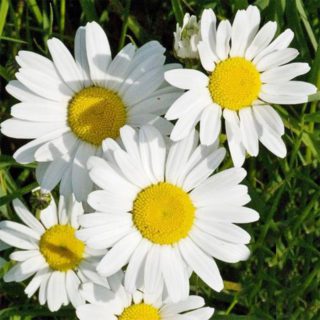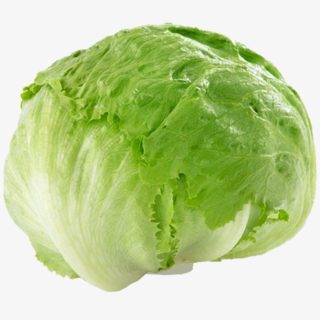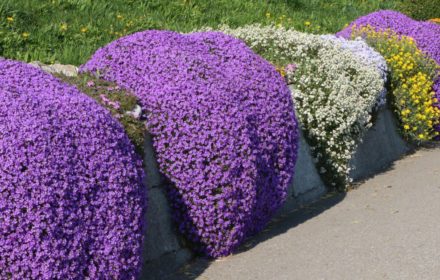How to Grow Yellowstone Carrots from Seeds
Yellowstone Carrots are known for their striking canary yellow colour and sweet, delicate flavour. These fast-growing, smooth, and cylindrical roots can reach up to 20 cm in length, making them an attractive addition to any vegetable garden. Perfect for roasting, adding to salads, or enjoying as a crunchy snack, these carrots are as versatile as they are delicious. Follow this guide to successfully sow and grow Yellowstone Carrot seeds in your UK garden.
When and Where to Sow Yellowstone Carrot Seeds
- Outdoor Sowing: Sow seeds directly outdoors from early spring to late summer (March to August). Carrots prefer cooler weather and can be sown successively for a continuous harvest throughout the growing season.
- Location: Choose a sunny location that receives at least 6 hours of direct sunlight daily. Carrots grow best in light, well-drained soil free from stones, which can cause misshapen roots.
Preparing the Soil for Carrot Seeds
- Soil Preparation: Before sowing, prepare the carrot bed by digging or tilling the soil deeply to create a fine, crumbly texture. Avoid working the soil when it is wet, as this can cause compaction and poor root development. Remove any large stones or debris that could obstruct the growth of straight roots.
- Soil Conditions: Carrots prefer loose, sandy soil with good drainage. Avoid using freshly manured soil, as this can lead to forked or hairy roots. Instead, improve soil fertility with well-rotted compost or a balanced fertiliser applied the previous season.
- pH Level: Aim for a slightly acidic to neutral soil pH between 6.0 and 7.0 to support optimal root growth and flavour development.
How to Sow Yellowstone Carrot Seeds
- Sowing Depth and Spacing: Sow the seeds thinly in shallow drills about 1 cm (½ inch) deep. Space the rows 30-40 cm (12-16 inches) apart. Within the rows, sow seeds approximately 1-2 cm apart to avoid overcrowding and minimise thinning later.
- Covering the Seeds: Lightly cover the seeds with fine soil or compost and firm down gently. Water the area carefully to settle the soil, being mindful not to wash away the seeds.
- Sowing Time: For the best results, sow carrot seeds after the last frost has passed, when soil temperatures are consistently above 12°C. Successional sowing every 2-3 weeks will provide a steady supply of fresh carrots throughout the growing season.
Caring for Yellowstone Carrot Seedlings
- Watering: Keep the soil consistently moist, especially during dry spells. Carrots require even moisture to develop smooth, straight roots. Avoid waterlogging, which can cause rot, and try not to let the soil dry out completely, as this can lead to stunted growth or split roots.
- Thinning: Once the seedlings are about 2-3 cm (1 inch) tall, thin them to ensure proper spacing. For smaller, tender carrots, thin to about 4-5 cm (1.5-2 inches) apart. For larger, mature roots, thin to 8-10 cm (3-4 inches) apart.
- Weeding: Keep the carrot bed weed-free to reduce competition for nutrients and water. Hand weeding is recommended to avoid damaging the delicate roots.
- Mulching: Apply a thin layer of mulch around the plants to help retain soil moisture, suppress weeds, and maintain an even soil temperature.
Preventing Carrot Fly and Other Pests
- Carrot Fly Prevention: Carrot fly larvae can cause significant damage to carrot crops. To reduce the risk, cover the plants with horticultural fleece or fine mesh netting. Avoid thinning the seedlings on windy days, as the smell of bruised carrot foliage can attract carrot flies.
- Companion Planting: Consider planting companion plants such as onions or garlic nearby to help deter carrot flies.
- Disposing of Thinnings: Immediately remove and discard any thinned seedlings to reduce the risk of attracting pests.
Harvesting and Storage
- Harvesting Time: Yellowstone Carrots typically mature within 70-80 days from sowing. Harvest when roots reach about 15-20 cm (6-8 inches) long. Gently lift the carrots from the soil using a garden fork, being careful not to damage the roots.
- Preventing Green Shoulders: As the carrots grow, mound soil or mulch around the tops of the roots to prevent exposure to sunlight, which can cause the shoulders to turn green and develop a bitter taste.
- Storing Carrots: For short-term storage, keep freshly harvested carrots in the refrigerator. For long-term storage, trim the tops, leave a small portion of the green, and store the roots in a cool, dry place. Carrots can also be stored in boxes of damp sand or sawdust to maintain moisture and freshness.
Common Questions About Growing Yellowstone Carrots
- Why are my carrots forked or misshapen? Forking can be caused by rocky soil, compaction, or fresh manure. Ensure the soil is well-prepared, free from stones, and avoid using fresh manure before planting.
- How can I prevent my carrots from splitting? Splitting is usually a result of uneven watering or heavy rainfall. Keep the soil consistently moist and avoid letting it dry out completely before watering again.
- Do carrots need fertiliser? Carrots are light feeders and generally do not require heavy fertilisation. However, if your soil is poor, a light application of balanced fertiliser at planting time can help support healthy growth.
By following these steps, you can enjoy a successful harvest of bright, sweet Yellowstone Carrots in your UK garden. Whether eaten raw, roasted, or added to your favourite dishes, these vibrant carrots are sure to impress with their flavour and versatility.


















